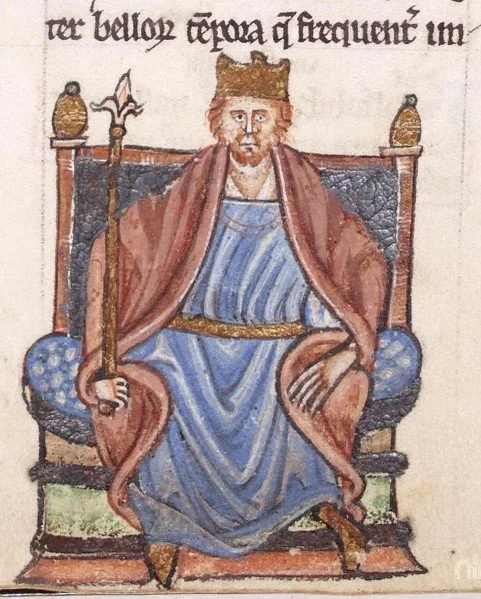WELCOME TO RACHEL’S BLOG
Scroll down to see the most recent posts, or use the search bar to find previous blogs, news, and other updates

Medieval Succession: When Henry II’s Empire Imploded
When Succession first aired, audiences were transfixed by its portrait of a modern dynasty at war with itself: scheming heirs, a manipulative patriarch, and a fortune vast enough to make loyalty negotiable. But centuries before Logan Roy was terrifying his children in glass-walled boardrooms, another ruthless family feud was playing out across medieval Europe.
In 1173, the most powerful man in Christendom—King Henry II of England—faced a rebellion led not by rivals or barons, but by his own wife and sons. Chroniclers called it the Great Rebellion; historians often dub it the Revolt of the Eaglets, after the young “eagles” who turned on the parent bird.
And just like in Succession, the real question was: who inherits the empire?

Reginald FitzUrse: The Bear Knight Who Slayed a Saint
On 29 December 1170, four armed knights pushed through the freezing rain towards Canterbury Cathedral. Their leader was Reginald FitzUrse—a man whose very name meant “son of the bear.” He would live up to it in every sense: fierce, proud, and dangerously impulsive.
When Thomas Becket fell beneath their swords that night, FitzUrse’s roar echoed through the nave. It was he who first laid hands on the archbishop, striking the blow that turned a quarrel between king and church into one of the most shocking crimes of the Middle Ages.
A Knight of the King’s Household
Little is known of FitzUrse’s early life. He came from a respectable Somerset family, holding lands at Willeton and Barham. Like many younger sons of the gentry, he found advancement in royal service. By the 1160s he was one of Henry II’s household knights—trusted, well-paid, and fiercely loyal to the king who rewarded courage and obedience above all else.
That loyalty, however, would prove fatal.

The Shadow of Becket: How a Murder Shook the Kingdom
For years, the quarrel between Henry II and Thomas Becket raged. Becket fled to France in 1164, finding refuge with King Louis VII—the same Louis who still burned with resentment against Henry II for marrying Eleanor of Aquitaine. The dispute became as much about politics as faith: two monarchs using one archbishop as a pawn.
In 1170, Henry and Becket made a fragile peace. The archbishop returned to England to cheers from the faithful. But within weeks, their conflict flared again when Becket excommunicated bishops loyal to the crown.
It was then, in a moment of fury, that Henry uttered the words chroniclers would never forget—perhaps not verbatim, but in essence:
“Will no one rid me of this turbulent priest?”
Four knights took him at his word.

Eleanor of Aquitaine: Queen, Duchess, and Mother of Rebels
When their sons grew to manhood, Eleanor encouraged them to demand their inheritance. Henry the Young King, Richard, and Geoffrey wanted lands to rule; Henry II refused. In 1173, when the princes fled to France, Eleanor supported them. Chroniclers later claimed she disguised herself as a man to join them—an image that has haunted legend ever since.
Her rebellion failed. Henry II’s forces captured her later that year while she travelled through Poitou. For the next sixteen years she was kept under guard, a queen turned prisoner. Yet even captivity could not erase her influence: her sons would continue to fight in her name.


Why the Angevins (Plantagenets) Ruled Half of Europe
When we think of medieval kings, we often picture a crown perched over a single kingdom. But Henry II of England—first of the Angevin kings—was no ordinary ruler. By the 1170s, he commanded more territory than any other monarch in Christendom, stretching from the wild hills of Northumberland to the sunlit vineyards of Aquitaine. His dominion was so vast that chroniclers called it an “empire,” though it was stitched together by marriage, inheritance, and sheer force of will.
So how did a French count’s son come to rule half of Europe?
